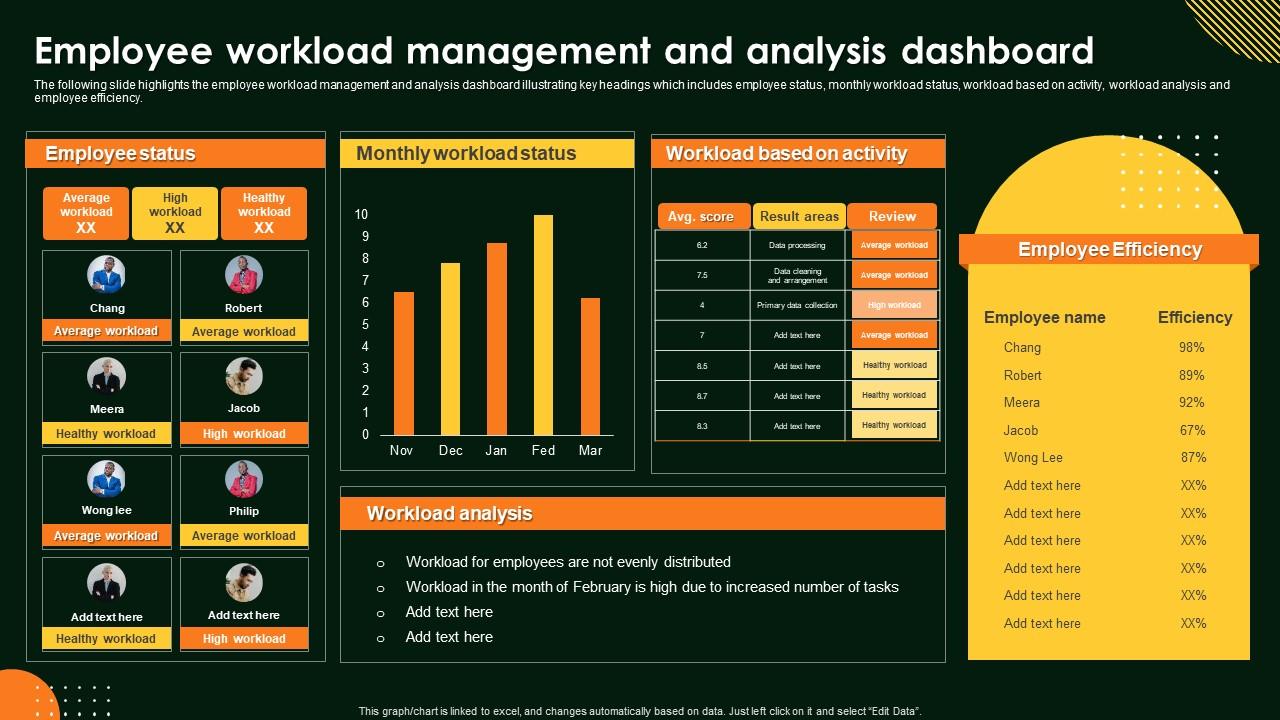This isn’t just a story about a piece of software; it’s about a transformation. It’s about how we finally lifted that fog and started seeing things clearly, all thanks to something called ERP Staff Workload Monitoring. If you’re new to the world of ERP or just wondering how to make your team’s life, and your business, a whole lot smoother, pull up a chair. I’m going to tell you how we went from guessing games to strategic wins.
The Invisible Burden: Before We Saw the Light
Before we embraced the power of ERP Staff Workload Monitoring, our business was growing, which was fantastic, but it came with a hidden cost: stress. Our Enterprise Resource Planning (ERP) system, the backbone of our operations, required a dedicated, skilled team to manage everything from data entry and system maintenance to report generation and user support.
I’d see Sarah, our lead ERP specialist, looking absolutely swamped, her desk piled with notes, her eyes glued to multiple screens. Meanwhile, John, another talented team member, might have been quietly finishing his tasks ahead of schedule, looking for the next challenge, but I wouldn’t know it until I explicitly asked.
Here were our big problems:
- The Guessing Game of Capacity: When a new project came up, assigning tasks felt like throwing darts in the dark. Who truly had the bandwidth? Who was already stretched thin? We often relied on who seemed least busy or who was always willing to take on more, which inevitably led to burnout for our most dedicated staff.
- Bottlenecks We Couldn’t See: Projects would slow down, and we couldn’t pinpoint why. Was it a specific task? A specific person? The lack of visibility meant we were always reacting, never proactively solving.
- Uneven Distribution of Work: Some team members felt overwhelmed, leading to stress and potential errors, while others might have felt underutilized, leading to disengagement. This wasn’t fair to anyone.
- Missed Deadlines & Frustration: When deadlines were missed, it wasn’t due to a lack of effort, but often a lack of clear understanding of the team’s overall workload. This led to frustration for both the team and management.
- No Data for Decision-Making: When it came to hiring, training, or reallocating resources, I had no concrete data to back up my decisions. It was all based on anecdotal evidence, which isn’t the best foundation for business growth.
It was clear we needed a better way to understand and manage our ERP team’s productivity and well-being.
The "Aha!" Moment: Discovering ERP Staff Workload Monitoring
One day, after yet another project delay and a particularly draining team meeting about who was doing what, I started researching solutions. That’s when I stumbled upon the concept of ERP Staff Workload Monitoring. It sounded almost too good to be true: a way to actually see what everyone was working on, how long it was taking, and who had capacity.
Essentially, ERP Staff Workload Monitoring is a feature or a dedicated module, often integrated directly into your existing ERP system or as a complementary tool, that allows you to track, visualize, and manage the tasks, projects, and time commitments of your team members who interact with the ERP system.
Think of it like a digital conductor for your orchestra. Instead of just hearing the music (the results), you can see each musician, their score, and how they’re performing in real-time.
How It Works (Even for Beginners Like Me!)
When we first implemented it, I was worried it would be complicated. But honestly, it was quite intuitive. Here’s a simplified look at how it generally functions:
- Task Assignment & Tracking: Every task, big or small, related to our ERP system (e.g., "Set up new vendor," "Generate Q3 financial report," "Troubleshoot user access issue") is assigned within the monitoring tool. We specify who it’s assigned to, its priority, and its deadline.
- Time Logging: This was a game-changer. Team members log the time they spend on each task. Some systems even have built-in timers. This isn’t about micromanagement; it’s about understanding the actual effort involved in different tasks.
- Real-Time Dashboards: This is where the magic truly happens! The system compiles all this information into easy-to-read dashboards. I could see at a glance:
- Who is working on what: A clear list of active tasks for each team member.
- Task status: Which tasks are in progress, completed, or overdue.

